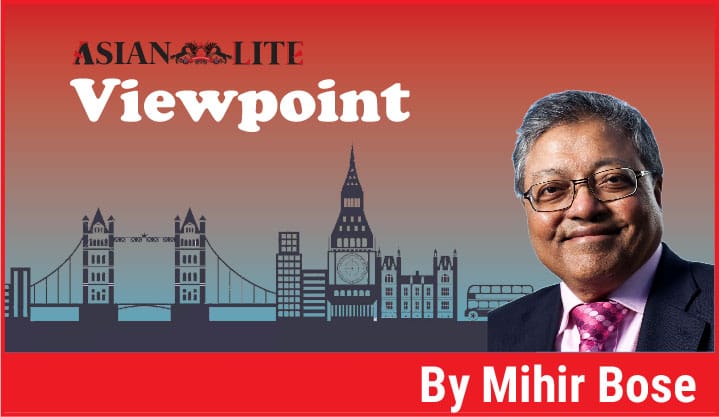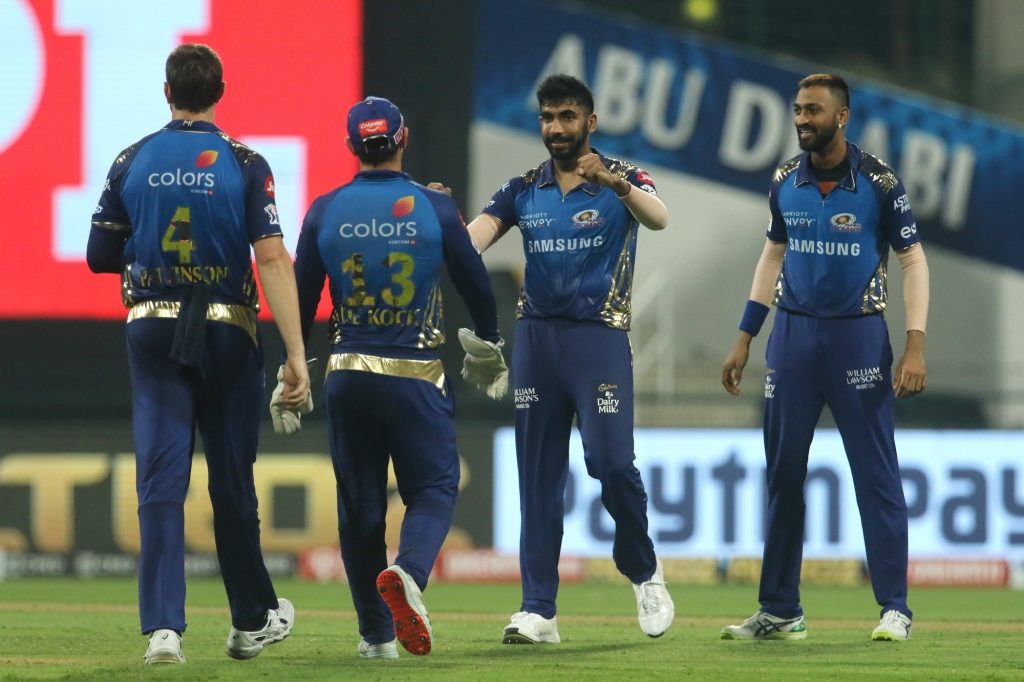
Last week while visiting my sister-in-law Jenny and her husband John at their home in Suffolk the talk turned to sport as it often does. Both Jenny and John have a keen interest in sport, and it is always enjoyable to talk to them about sports. What surprised me was when Jenny asked me about IPL. The first match of the IPL was about to be played and that Jenny and John living in the depths of Suffolk should be interested in this tournament showed how IPL has taken over this quintessential English game of cricket.
Indeed, so powerful is it that a domestic Indian cricket tournament means more to international cricket than a World Cup. Estimates suggest that IPL generates $600?million (£464.5?million) of revenue, 30 per cent more than the 2019 World Cup held in England did. The result of this is that IPL takes precedence over the World Cup. The Twenty20 World Cup was due to start next month but with the IPL originally scheduled for the summer but postponed due to Covid and moved to the UAE, it was IPL which took precedence.
There is a great irony here and also a very Indian story. The twenty over game was an English invention that the Indians shunned. The then secretary of the Indian board initially refused to take part in the first T20 World Cup in South Africa in 2007 snorting in derision, “What next, five overs a side cricket match?”
India reluctantly send a side to South Africa with its greatest star Sachin Tendulkar dropping out. But led by rookie captain Mahendra Singh Dhoni it unexpectedly won the tournament. The T20 triumph in South Africa triggered a revolution not only in India but also world cricket.

Also Read: IPL 14 slated on April 2021
Now sponsors cannot get enough of IPL. Last month IPL lost its tournament sponsor, Vivo, but soon Dream11, an online gaming company stepped in. Online fantasy cricket is the nearest India has to legal gambling in India and it can make a lot of money for IPL as cricket exploits India’s digital explosion. In 2012 India was said to have had 30 million smartphones in India. It could rise to 829 million by 2022.
120-150 million viewers in India are expecting to watch this year’s IPL matches, with companies paying $60,000 for 30 seconds of advertising time on Star Sports.
Credit must also be given to the organisers. 1,500 people have been locked down in Mumbai and the United Arab Emirates, whose three grounds in Dubai, Sharjah and Abu Dhabi, is where the cricket is being played. With IPL impossible in India UAE’s venues, all easily accessible by road for teams sealed in hotels and buses, made absolute sense.

The economic power of IPL keeps confounding most experts. In 2008 when the IPL had its first season broadcast rights were sold for ten years to Sony-World Sports Group for $ 1.5 billion. In September 2017, the IPL rights were sold to Star India for five years for Rs 16,347 crores which was more than the worth of all the other T-20 leagues which have mushroomed in the wake of the IPL in the last decade.
But while these figures are impressive the IPL story is best told in the impact it has had on the world of cricket and why India once the pariah of the cricket world is now the place cricketers cannot keep away from. The pre-IPL world revolved round an English summer. The moment the English cricket season started in late April cricket all over the world effectively ceased. Such was the power of the English game that cricketers from all over the world came to play in England. India was a bit player in this English summer garden party. Unlike West Indians and Pakistanis not many Indians played county cricket.
Also Read: IPL 13: BCCI Set To Sail Through Complications
When IPL was launched in 2008 English cricket unable to believe that the Indians could match their cricket expertise scoffed at it. Its efforts to beat IPL proved a disaster and English cricket has long bowed to the power of IPL. So, despite the fact that IPL overlaps with the English cricket season their best players are allowed to miss part of the season to take part in this great Indian gold mine. Two centuries ago, British came to India to make money and found an empire. Now their cricketers are willing to miss part of their cherished season to make the sort of money they could never make anywhere else.

What the IPL has also developed are bonds between Indians and foreigners. This can be seen when IPL matches are played as during the match earlier this week between Mumbai Indians and Kolkata Knight Riders. At a crucial stage in the match the outcome seemed to hinge on whether KKR’s two great foreign stars could turn the match around. They were Eoin Morgan, captain of the England limited over cricket team and one of the best batsman in this format, and the West Indian Andre Russell widely regarded as one of the greatest T20 players. They threatened to do so but were snuffed out by Jasprit Bumrah India’s great pace bowler who took both their wickets in one over. Patrick Cummings, the most expensive overseas star of IPL ever, who is principally a bowler, smashed a few sixes but by then Mumbai Indians had done enough to win. This show cased the IPL wonderfully well. An Englishman, a Jamaican, an Australian on one side and an Indian on the other all performing on the same stage with the Indian winning.
True, this is very specialised form of the game that will never match the complexity or provide the drama and game within game conflict almost mirroring real life that a five-day Test can. Tests will always be seen as the highest benchmark of the game. Yet, IPL is cricket turned into a Bollywood show, Indian tamasha presented to the world in such an enticing manner that Jenny and John are gripped by it.
For the first time a major team sport is not controlled by the west, and IPL is the ultimate expression of modern Indian soft power. It may not be as powerful an Indian soft power tool as yoga, but it took yoga a long time to reach its present position of eminence. That IPL has risen so far so quickly is testimony to the inventive powers of modern Indians.
Also Read: IPL: BCCI seeks eased COVID-19 protocols